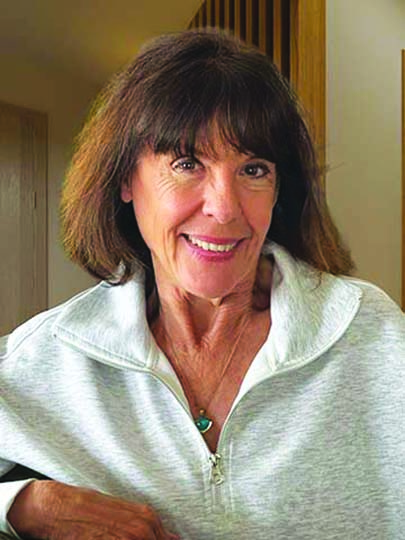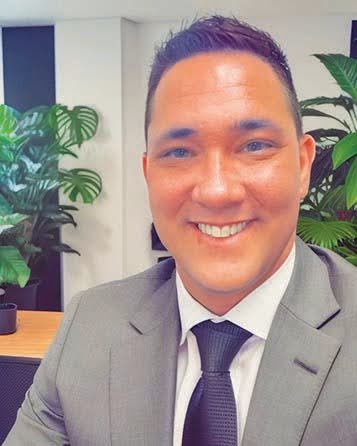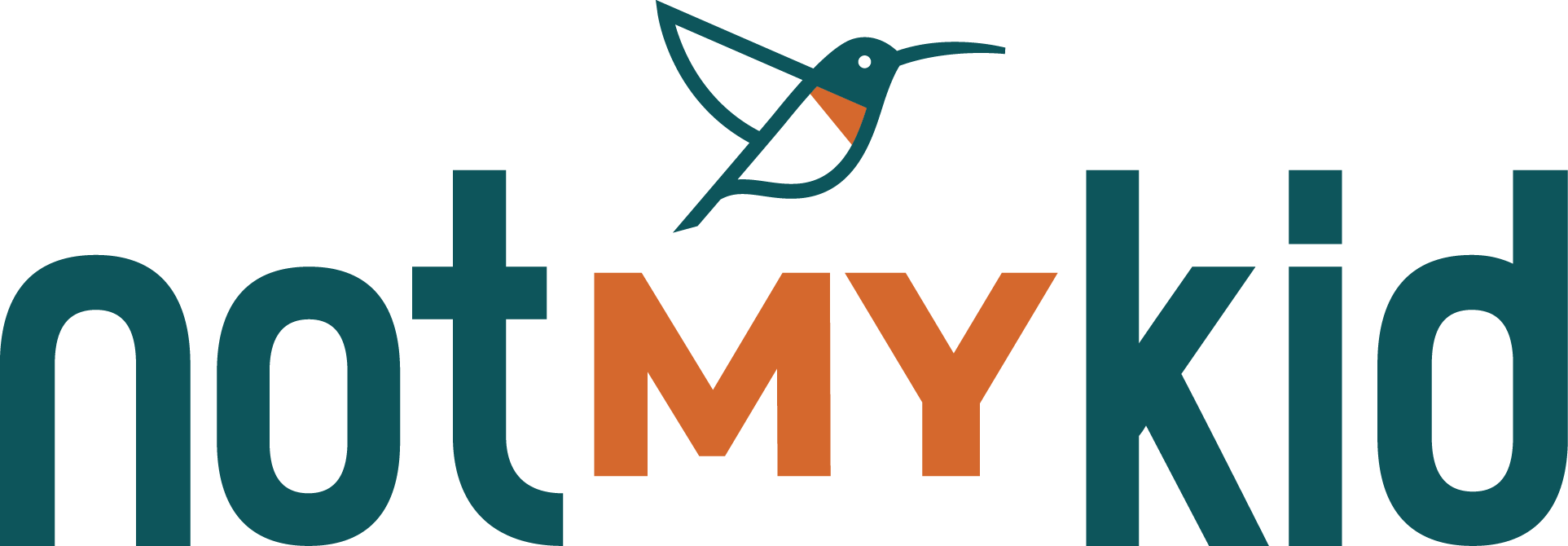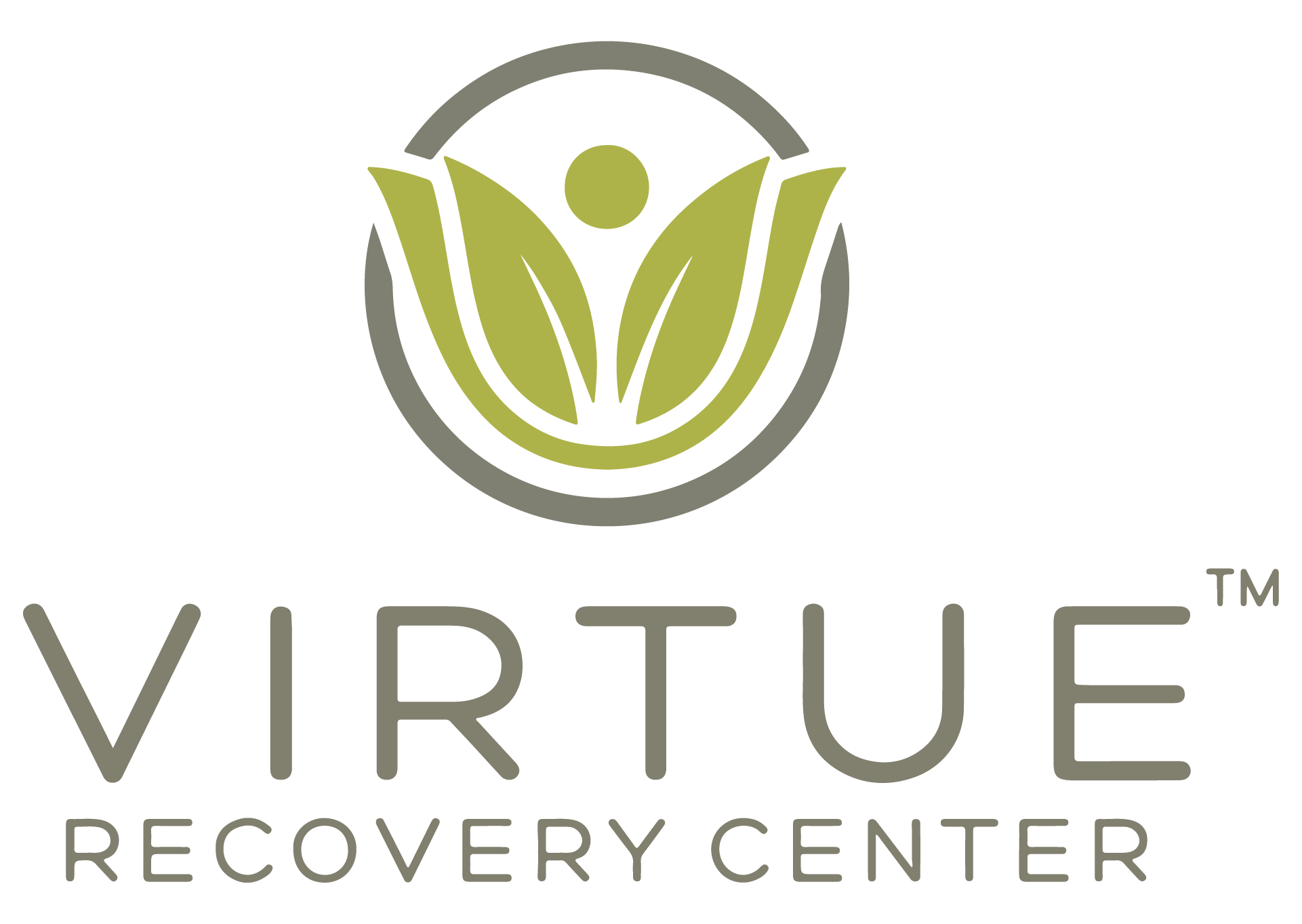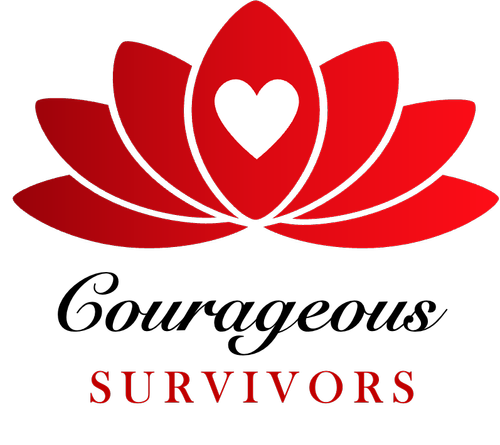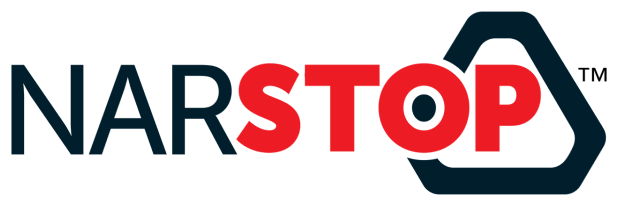What Parents Should Know About Kids Using CBD
THC (Tetrahydrocannabinol) is the most well-known component of marijuana, the one that “gets you high,” so to speak. But have you heard of CBD? Many parents haven’t, or if they have, they aren’t sure what to make of it or even understand if their son or daughter is using CBD. What’s certain is it’s becoming more and more widely available, and like vaping, is often marketed to young people. Below is an overview of CBD, the numerous forms it’s sold in, its efficacy in treating various problems and current knowledge about its relative safety.
What is CBD?
CBD, short for Cannabidiol, is the largest non-psychoactive component of marijuana, and interest in its effects is growing. High levels of CBD and low levels of THC are found in most medical marijuana products, but the CBD industry has started to expand and market their products as “life promoting” to healthy individuals.There are hundreds of online companies selling CBD, with the market estimated to grow to $2.1 billion by 2020. CBD tinctures, edibles, sprays, vaping liquid, capsules and items such as gels, hand lotions and shampoos are widely available, varying in price and CBD content.
Some of these products are illegal, while others can be purchased in supermarkets and health stores by anyone. The legality of CBD varies by state, often based upon whether it is hemp-derived or marijuana-derived. Hemp and marijuana both originate from the cannabis plant, but cannabis crops grown for their flowers have high THC levels, while when grown for their fibers and stalks are usually called hemp. Regardless of how CBD is derived, it’s best to check your state laws with respect to legality as it’s a rapidly changing landscape.
Why is CBD so Interesting to Young People?
The U.S. in general is becoming increasingly interested in CBD because of its ability to produce the medicinal benefits of cannabis without the high. It’s seen as a potential medicine without the side effects typically associated with marijuana — especially for cancer, serious chronic pain and epilepsy. For the first time, the FDA approved a new drug based upon CBD derived from marijuana called Epidiolex in June 2018. It provides patients with a concentrated dose of CBD to treat seizures in rare forms of epilepsy.
Teens and young adults are using CBD as a homeopathic remedy for pain relief, depression and anxiety symptoms, acne, insomnia and boosting productivity. However, there’s a crucial difference between CBD that’s studied in labs for medical conditions like epilepsy and CBD products that are sold to consumers for well-being.
The biggest problem is is a lack of well-controlled trials and little understanding of the long-term effects. For the most part, side effects from CBD alone are minor (dry mouth, dizziness, nausea), but they can be serious if the CBD products interact with other medications. CBD and other plant cannabinoids can interact with many pharmaceuticals by hindering the activity of cytochrome P450, a group of liver enzymes, so other drugs don’t metabolize as expected. Steroids, antihistamines, calcium channel blockers, immune modulators, benzodiazepines, antibiotics, anesthetics, antipsychotics, antidepressants, anti-epileptics and beta blockers could all potentially cause an adverse reaction when taken with CBD.
If you’re a concerned parent, the best thing to do is to talk with your child about CBD just like any other substance.

